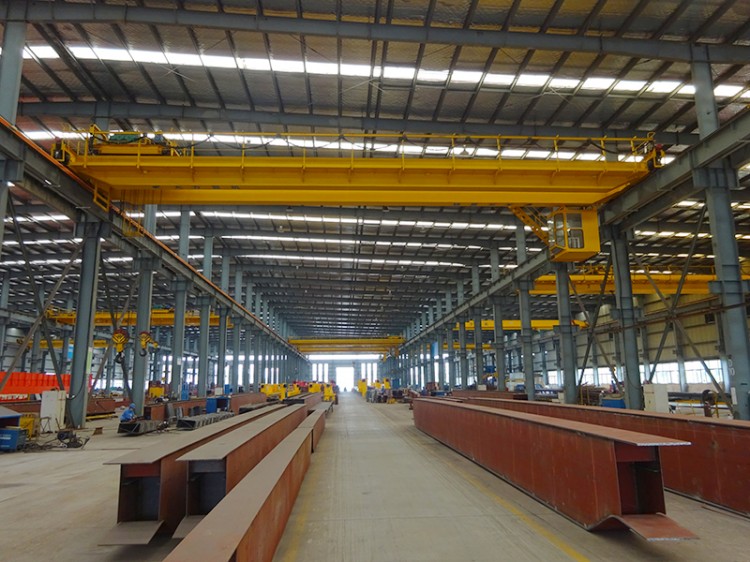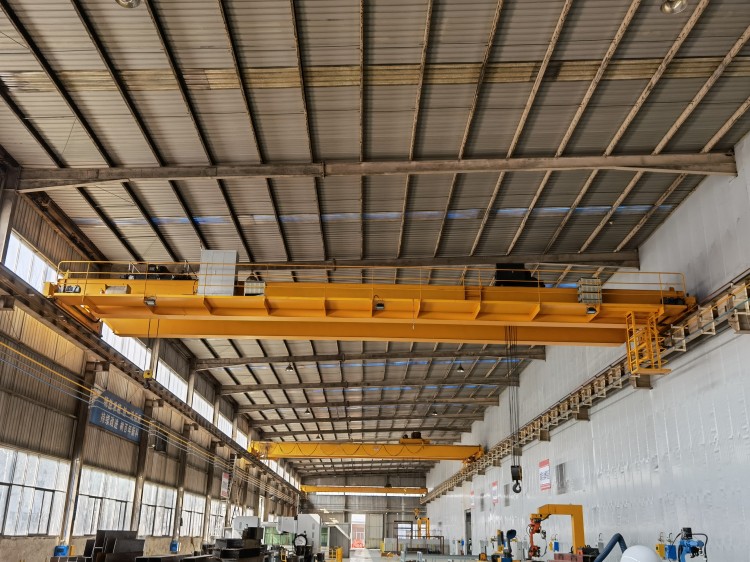Overhead cranes are essential equipment in various industries, providing efficient and reliable lifting solutions. When considering the purchase of a 30-ton overhead crane, one of the critical factors that come into consideration is the price. In this article, we delve into the factors that influence the price of a 30-ton overhead crane, helping businesses make informed decisions and find cost-effective solutions.
Capacity and Span
The lifting capacity and span of a 30-ton overhead crane are major factors that impact its price. A higher lifting capacity requires stronger structural components and more powerful hoisting mechanisms, which can increase the overall cost. Similarly, a longer span necessitates larger structural dimensions, additional materials, and higher engineering requirements, leading to a higher price tag.

Crane Configuration and Features
The configuration and features of a 30-ton overhead crane play a significant role in determining its price. Consider the following aspects:
a. Single Girder vs. Double Girder: Single girder overhead cranes are generally more affordable than double girder cranes due to differences in structural complexity and material requirements. Double girder bridge cranes offer higher load capacity and better stability, but they come with a higher price.
b. Hoisting Mechanism: The type and quality of the hoisting mechanism, such as wire rope hoists or chain hoists, impact the price of the crane. Advanced hoisting systems with higher lifting speeds and additional features may come at a higher cost.
c. Control System: Overhead cranes can have different control systems, ranging from basic push-button pendant controls to more advanced radio remote controls or cabin controls. The complexity and features of the control system can affect the overall price.
d. Additional Features: Additional features like variable frequency drives, anti-sway systems, collision avoidance systems, and load monitoring devices add value to the crane but can also increase the price. Assess the necessity of these features based on the specific requirements of your lifting operations.

Structural Design and Material
The design and material used in the construction of a 30-ton overhead crane are crucial factors in determining its price. Cranes with robust structural designs and high-quality materials, such as high-tensile steel, are more durable and have a longer lifespan. However, they may also command a higher price due to the enhanced reliability and longevity they offer.
Manufacturer and Supplier
The reputation, experience, and expertise of the manufacturer or supplier also influence the 30-ton overhead crane price. Well-established manufacturers with a track record of delivering high-quality and reliable equipment may charge a premium for their products. However, investing in reputable manufacturers often pays off in terms of product performance, after-sales service, and long-term cost savings.
Installation, Commissioning, and After-sales Support
It is essential to consider the cost of installation, commissioning, and after-sales support when evaluating the price of a 30-ton overhead crane. Reliable suppliers provide comprehensive services, including installation guidance, operator training, and ongoing maintenance support, ensuring smooth operation and minimizing downtime.
Conclusion: When considering the price of a 30-ton overhead crane, businesses must evaluate various factors that influence the cost. By carefully assessing the lifting capacity, span, crane configuration, features, structural design, crane supplier reputation, and after-sales support, businesses can make informed decisions to find cost-effective solutions. Striking a balance between price and the quality, performance, and long-term benefits offered by the overhead crane ensures optimal return on investment and smooth lifting operations in industrial settings.
